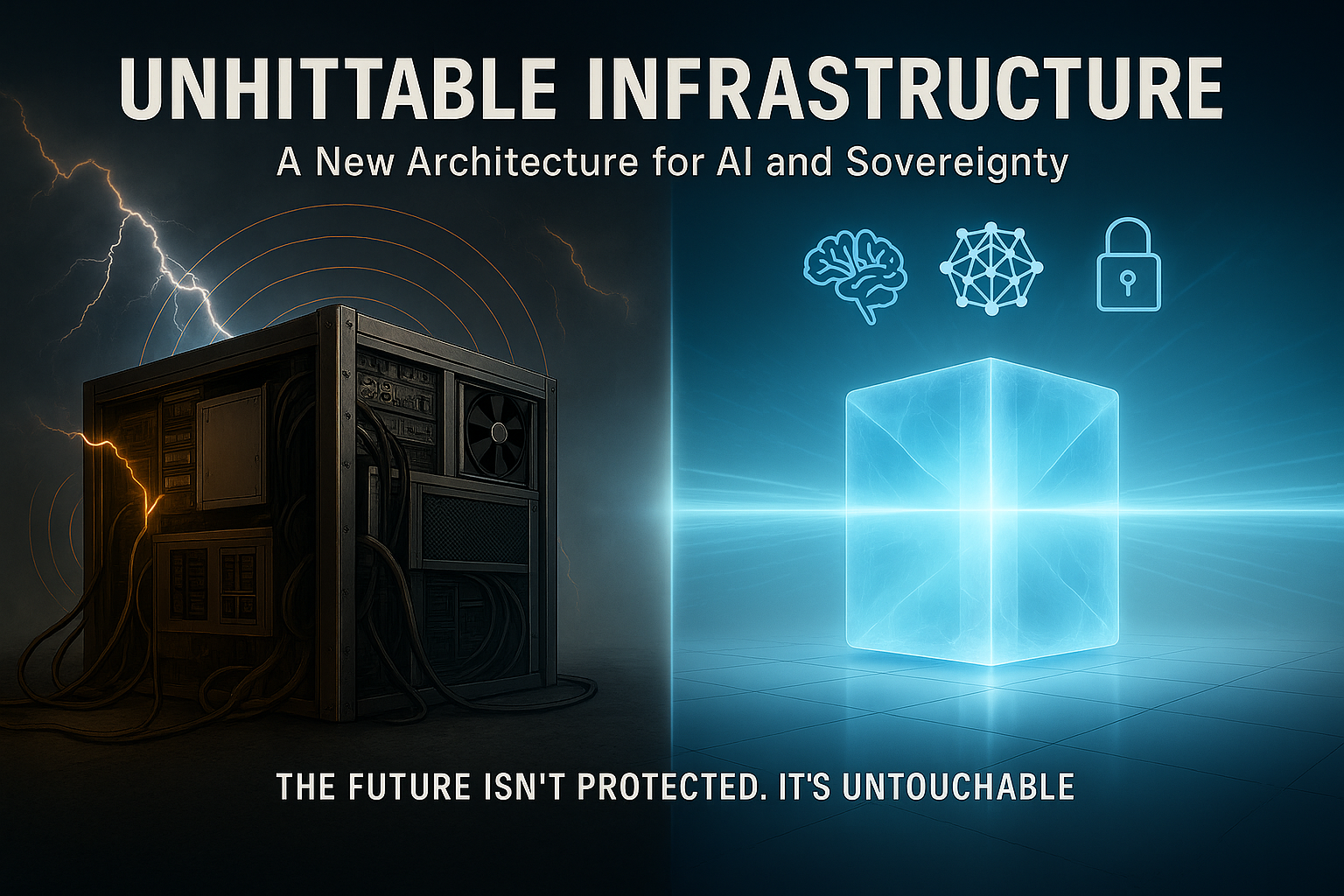May 2025 | By True Photonic Editorial Team
The U.S. Department of Defense’s recent $25.8 million award to Honeywell for the production of radiation-hardened microelectronics is both timely and necessary. These components remain essential to safeguarding satellites, communications systems, and defense platforms from the unique hazards of high-radiation environments.
This initiative is fully aligned with the 2024 National Defense Industrial Strategy—and represents a thoughtful investment in today’s mission sets.
But it also raises a larger strategic question:
How much more will we invest in hardening systems that may soon be obsolete?
Shielding the Known vs. Building What’s Next
Radiation-hardened microelectronics are designed to make today’s silicon-based systems more resilient in extreme environments. But silicon itself—along with its thermal limitations, high power consumption, and electromagnetic vulnerabilities—is the constraint.
At True Photonic, we’ve chosen a different path.
We’re not trying to make traditional systems stronger.
We’re developing a new class of compute infrastructure—one that won’t need protection in the first place.
Photonic Systems Don’t Just Resist Threats—They Ignore Them
Our platform, powered by the patented Poovey Switch™ and a complete stack of optical logic gates, performs logic, storage, and communication entirely in light—not electricity.
This means:
- No charge to surge
- No conductive pathways to fry
- No need for shielding against voltage or radiation
Photonic systems are inherently resistant to electromagnetic interference, thermal breakdown, and radiation—not because they’re hardened, but because the threat has no place to land.
Our goal isn’t a longer-lasting chip.
It’s a fundamentally different medium—immune by design.
Complementing Today’s Capabilities, Enabling Tomorrow’s Sovereignty
We applaud Honeywell’s continued leadership in strategic microelectronics. The United States needs secure, radiation-hardened systems for space, defense, and critical infrastructure.
But we also need to invest in what comes next: a sovereign photonic infrastructure that is faster, cleaner, and geopolitically untethered.
Our photonic compute stack:
- Operates at femtosecond speeds
- Uses 90% less energy
- Requires no rare earths
- Is immune to electromagnetic weapons
- Can run off-grid, in contested zones, or in orbital environments
This isn’t infrastructure designed to survive attacks.
It’s infrastructure being built to operate beyond their reach.
The Future We Envision Isn’t About Harder Targets—
It’s About Unhittable Infrastructure
Radiation-hardened systems will protect what we’ve built.
Photonic systems will define what comes next.
As the world arms against emerging threats, America now has the opportunity to lead with something better:
Infrastructure that’s immune, not insulated.
Intelligence that’s sovereign, not borrowed.
The race isn’t to harden the old—
It’s to deploy what comes after it.
True Photonic is enabling that next deployment.




